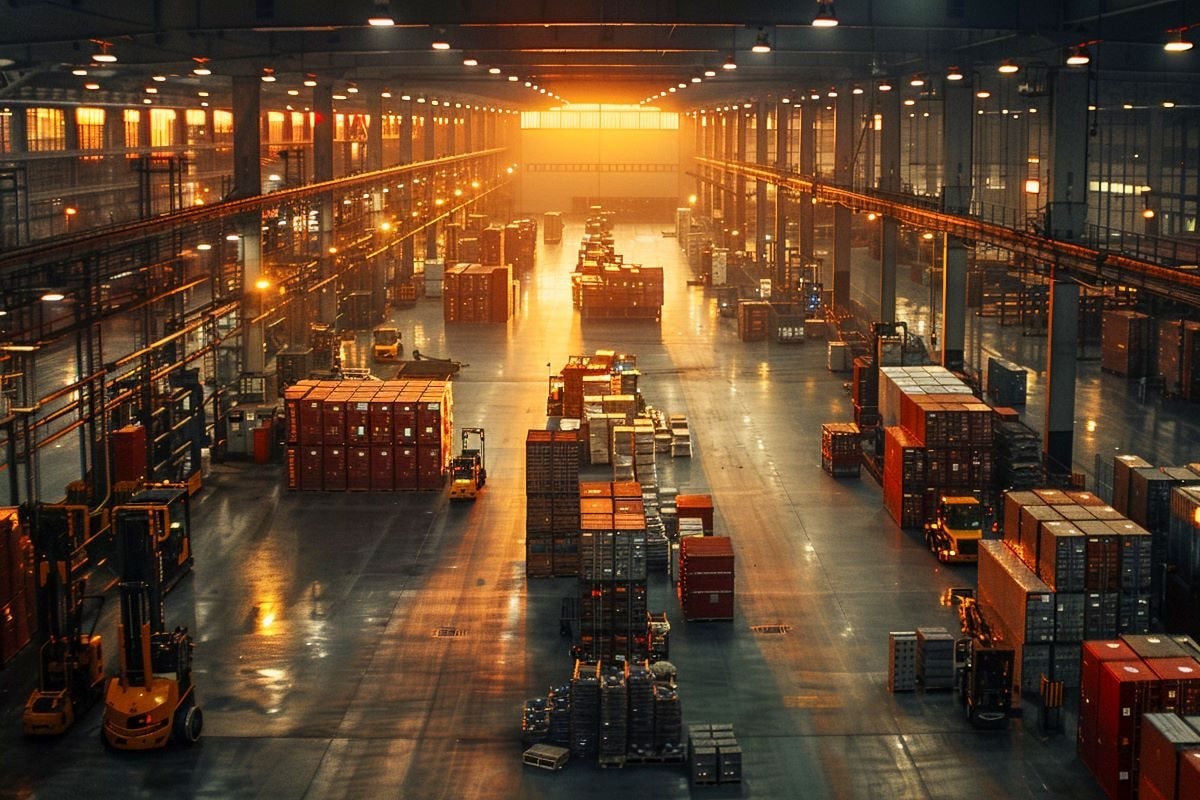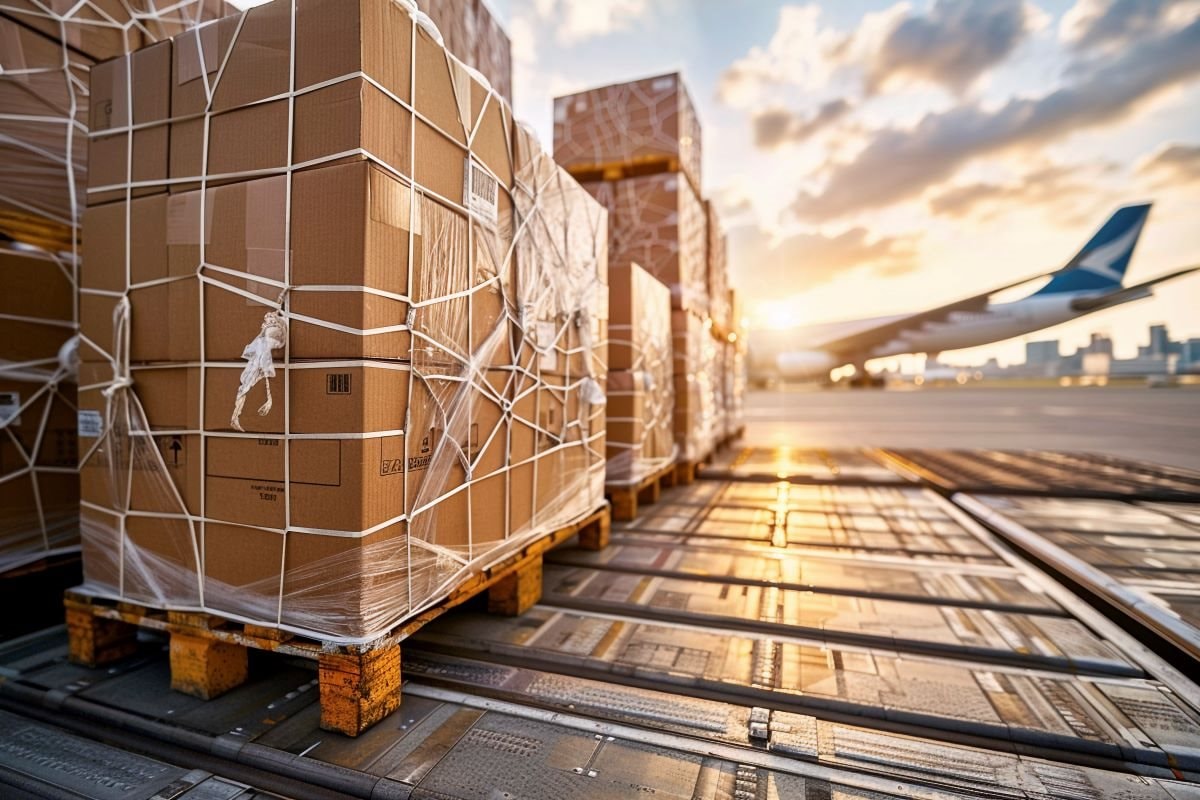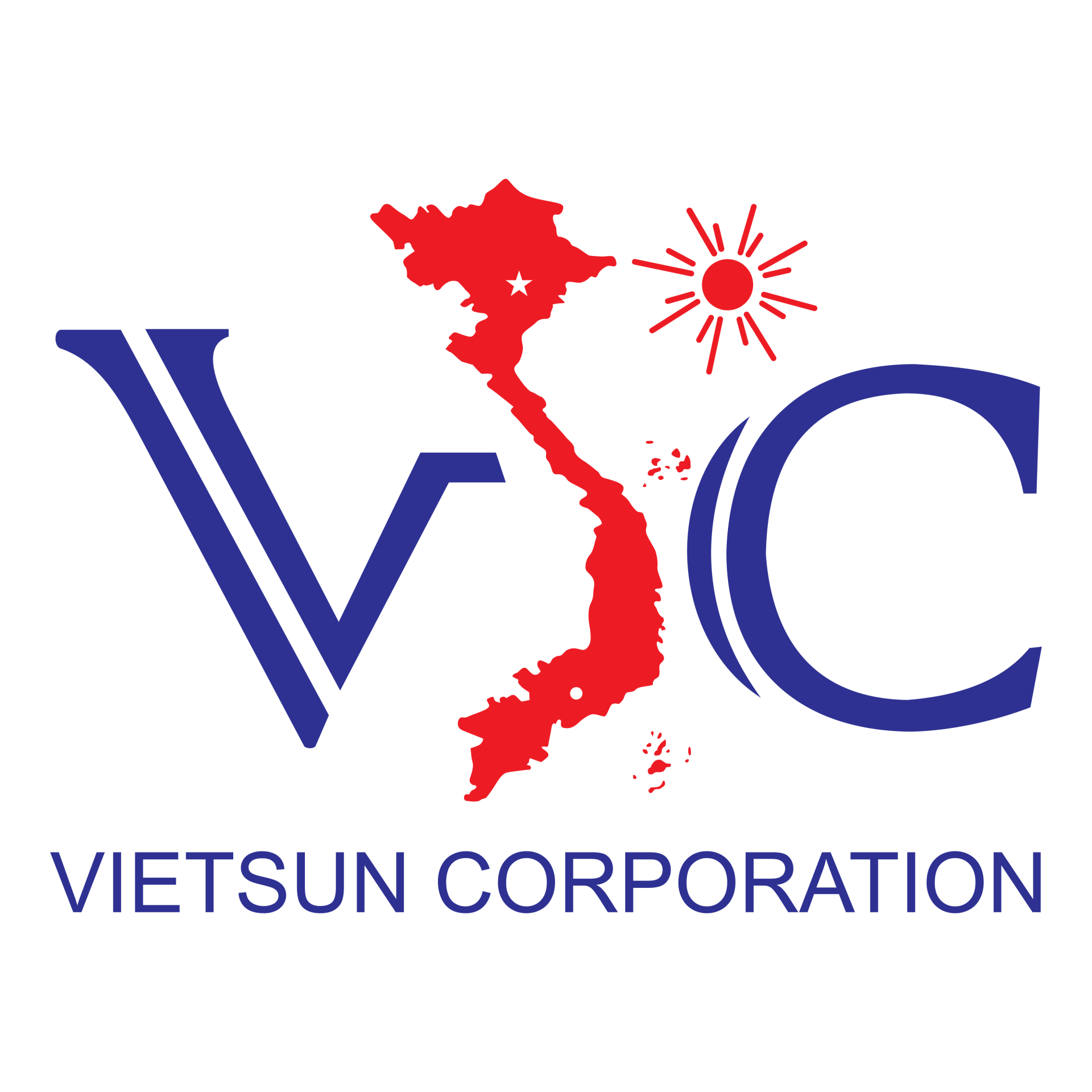As supply chains are suddenly disrupted, goods become scarce, costs soar, and customers lose patience, the question is: How prepared are businesses for global shocks? Are modern technology and digitizing processes enough? Or is a flexible mindset, the ability to forecast, and a comprehensive recovery strategy more important?

The problem of resilience and recovery supply chain It has never been more urgent than now. Building a flexible and resilient supply chain sustainable become a top priority for businesses to ensure resilience and maintain stable business operations in the current volatile context.
Factors that create a flexible and sustainable supply chain
“A sustainable supply chain not only helps businesses control costs effectively but also enhances brand value and trust with partners. In an era where consumers are increasingly concerned about the environment and society, building a sustainable supply chain plays an important role in creating a positive image and competitive advantage in the market.”
— Source: PACE Institute of Management
To build a supply chain that is resilient to fluctuations global, businesses need to focus on the following factors:
- Diversify supply sources: Avoiding dependence on a single supplier or geographic area helps reduce risk when problems occur. Establishing relationships with multiple suppliers in different regions gives businesses more flexibility in adjusting supplies when necessary.
- Application of digital technology and artificial intelligence (AI): Using advanced technologies such as AI, machine learning and big data analytics helps businesses forecast demand, optimize inventory and shipping routes, thereby improving efficiency and minimizing risks.
- Enhance supply chain visibility: Real-time tracking and monitoring of the entire supply chain allows businesses to detect problems early and respond promptly to minimize negative impacts.
- Developing strategic partnerships: Working closely with supply chain partners improves coordination and information sharing, thereby enhancing the ability to respond to emergency situations.
- Training and human resource development: Ensure staff have the necessary skills and knowledge to operate and manage the supply chain effectively in all situations.
Case Study: IKEA – Building a Resilient Supply Chain
IKEA, the world's leading furniture retailer, has demonstrated remarkable resilience in its supply chain. In the face of global upheavals such as the COVID-19 pandemic and geopolitical conflicts, IKEA has adopted a flexible production and supply strategy to maintain stable business operations.
Specifically, IKEA has diversified its supply sources by setting up manufacturing plants in many different countries, reducing its dependence on a single region. In addition, the company has also invested heavily in digital technology to improve demand forecasting and manage inventory more effectively. Building strategic partnerships with suppliers and logistics partners has also helped IKEA increase its ability to coordinate and respond quickly to emergency situations.
Thanks to these measures, IKEA has maintained a stable supply chain and met customer needs even in the most difficult times.

Towards a flexible and sustainable supply chain
In the context of increasing global volatility, building a resilient and sustainable supply chain is no longer an option but a mandatory requirement for businesses. By diversifying supply sources, applying advanced technology, enhancing supply chain visibility, developing strategic partnerships and investing in human resources, businesses can improve their resilience and maintain stable business operations in the face of any volatility.
Learning from businesses that have successfully built resilient supply chains, such as IKEA, will help other businesses adopt appropriate strategies to increase resilience and sustainable growth in the future.
